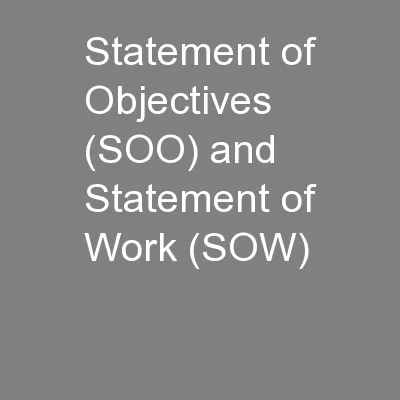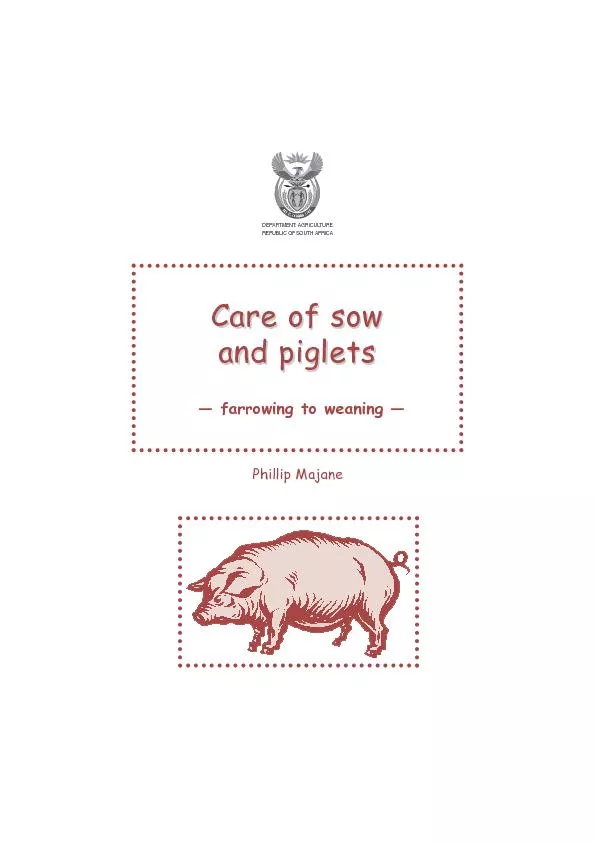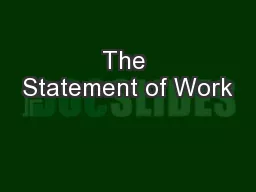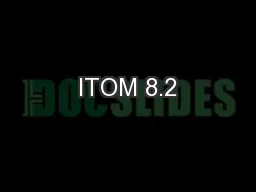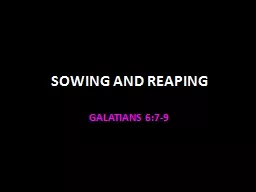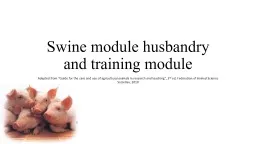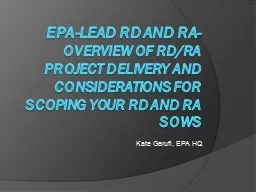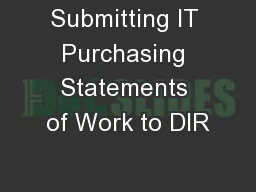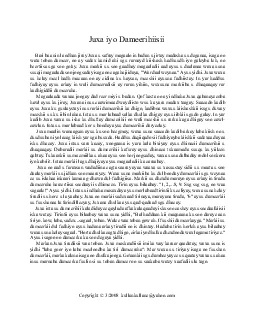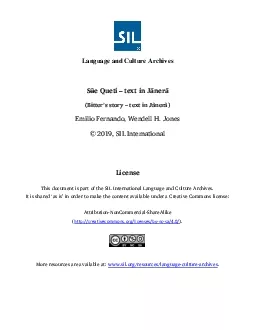PPT-Statement of Objectives (SOO) and Statement of Work (SOW)
Author : calandra-battersby | Published Date : 2016-07-17
Module Lead OOALCPKCA September 2007 Integrity Service Excellence WarWinning Capabilities On Time On Cost Air Force Materiel Command 2 Course Overview Length
Presentation Embed Code
Download Presentation
Download Presentation The PPT/PDF document "Statement of Objectives (SOO) and Statem..." is the property of its rightful owner. Permission is granted to download and print the materials on this website for personal, non-commercial use only, and to display it on your personal computer provided you do not modify the materials and that you retain all copyright notices contained in the materials. By downloading content from our website, you accept the terms of this agreement.
Statement of Objectives (SOO) and Statement of Work (SOW): Transcript
Download Rules Of Document
"Statement of Objectives (SOO) and Statement of Work (SOW)"The content belongs to its owner. You may download and print it for personal use, without modification, and keep all copyright notices. By downloading, you agree to these terms.
Related Documents

